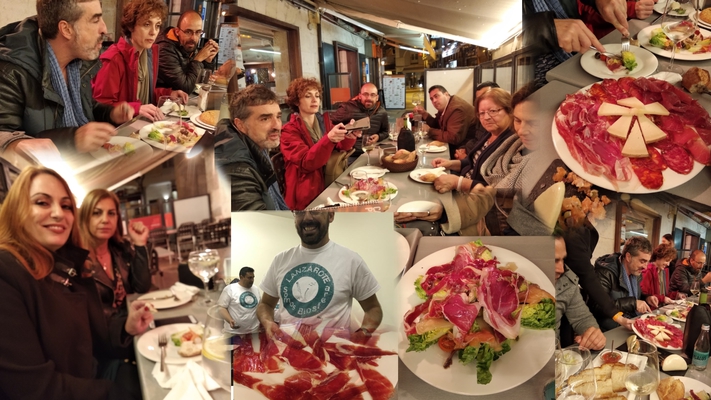Activity - Exploring, Filming, Documenting the beautiful town of Haro, La Rioja
Haro (Spanish pronunciation: [ˈaɾo]) is a town and municipality in the northwest of La Rioja province in northern Spain. It is known for its fine red wine and every year the Haro Wine Festival is held where locals hold a wine battle.
It has an important architectural heritage, including the plateresque main entrancence of the Santo Tomás Church, the work of Felipe Vigarny, numerous palaces, and the old town, which was declared a Historic-Artistic Site in 1975.
Apart from its role as home to many of the great wineries in La Rioja, one of Haro's other claims to fame is that it was the first town in Spain to have electric street lighting.
Source: [ wiki ]
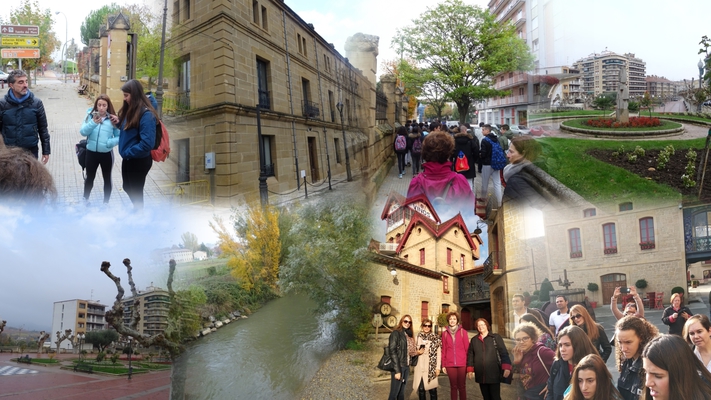
Activity - Exploring, Filming, Documenting the López de Heredia Viña Tondonia Winery
It started in the middle of the nineteenth century when French negociants visited the Rioja region to find alternative sources of quality grapes to transform into wine, since the phylloxera epidemic had decimated their vineyards.
Source: [ wiki ]
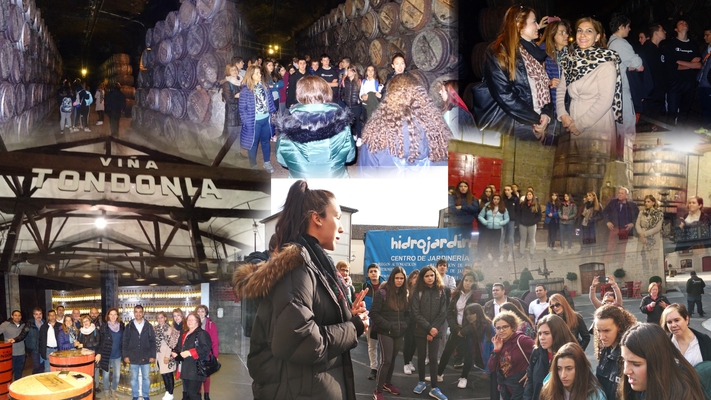
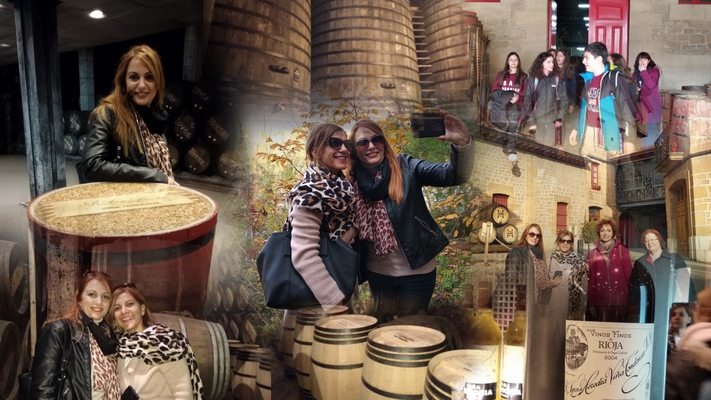
Activities in the city regarding vineyards and geology of Rioja
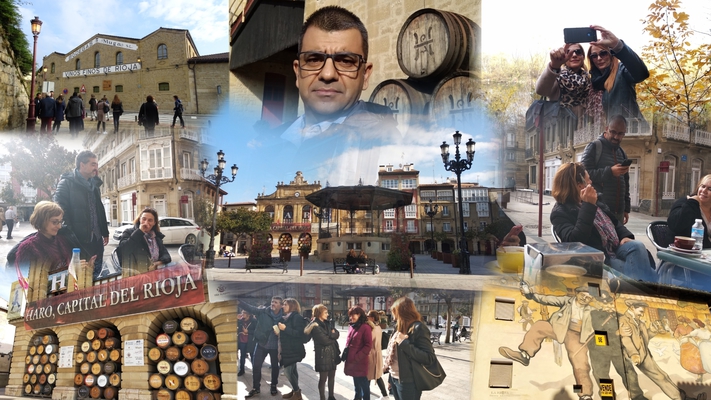
Activity - Exploring, Filming, Documenting the Vineyards of La Rioja
La Rioja (Spanish: [la ˈrjoxa]) is an autonomous community and a province in Spain, located in the north of the Iberian Peninsula. Its capital is Logroño. Other cities and towns in the province include Calahorra, Arnedo, Alfaro, Haro, Santo Domingo de la Calzada, and Nájera. It has an estimated population of 315,675 inhabitants (INE 2018), making it the least populated region of Spain.
It covers part of the Ebro valley towards its north and the Iberian Range in the south. The community is a single province, so there is no County Council, and it is organized into 174 municipalities. It borders the Basque Country (province of Álava) to the north, Navarre to the northeast, Aragón to the southeast (province of Zaragoza), and Castilla y León to the west and south (provinces of Burgos and Soria).
The area was once occupied by pre-Roman Berones, Pellendones and Vascones. After partial recapture from the Muslims in the early tenth century, the region became part of the Kingdom of Pamplona, later being incorporated into Castile after a century and a half of disputes. From the eighteenth century the Rioja region remained divided between the provinces of Burgos and Soria, until in 1833 the province of Logroño was created, changing the name of the province to La Rioja in 1980 as a prelude to its constitution under a single provincial autonomous community in 1982. The name "Rioja" (from Río Oja) is first attested in 1099.
The region is well known for its wines under the brand Denominación de Origen Calificada Rioja.
Source: [ wiki ]
The history of Rioja wine in Rioja
The history of Rioja wine reflects a long and varied winemaking tradition in the Spanish region of La Rioja, starting with the first Phoenician settlers in 11th century BC. As with many of Europe's most well known wine regions, the Ancient Romans founded many of the Rioja vineyards. Throughout the Middle Ages, pilgrims to the shrine of St. James at Santiago de Compostela passed through the region and carried back with them the reputation of wines from the area. The phylloxera epidemic of the late 19th century was a major catalyst in the expansion and modernization of the Rioja wine industry, with the devastation the French wine industry both opening up the French wine market and bringing an influx of French investment into the region. Today, together with Sherry, Rioja is the most internationally recognized of all Spanish wines.
Source: [ wiki ]
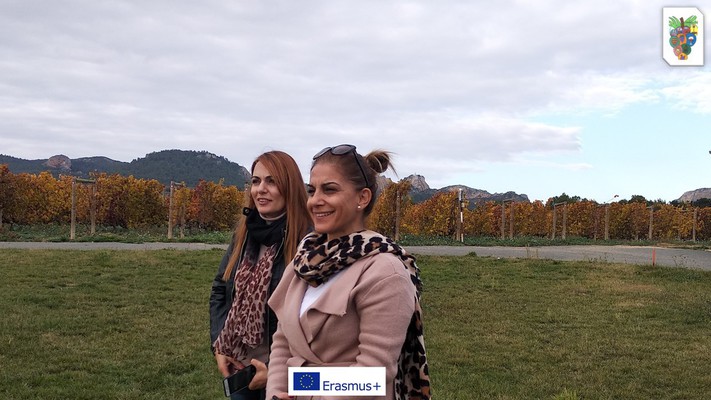
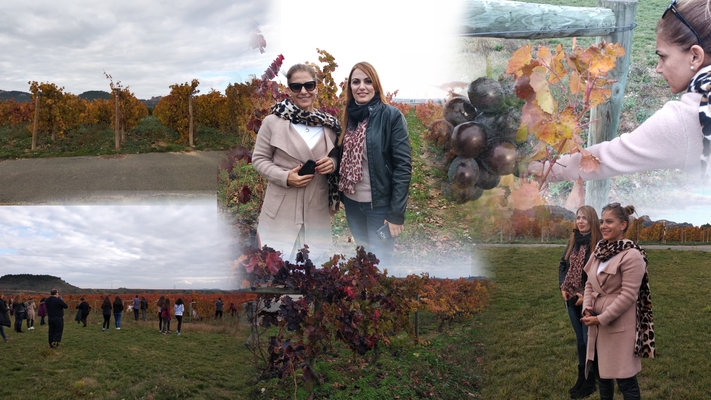
Activity - Exhibitions of European cultural heritage of each country in the Master of Heritage at the University of Burgos
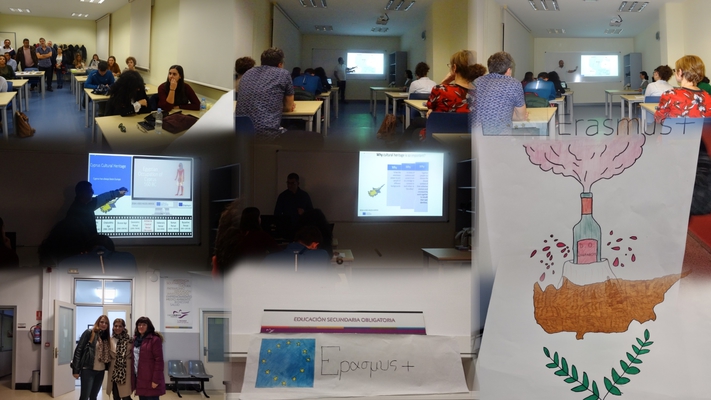
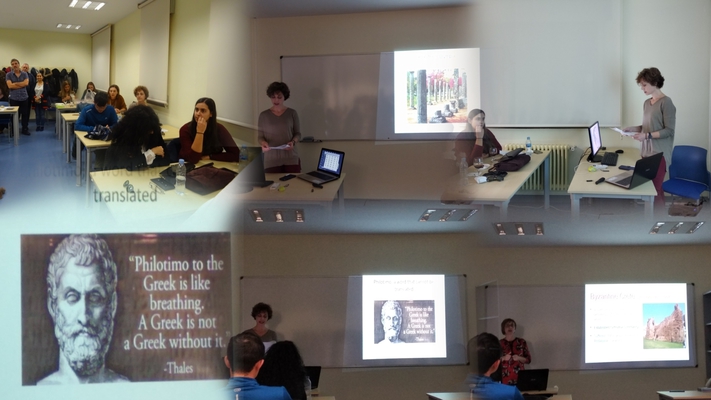
Cyprus Commandaria Wine
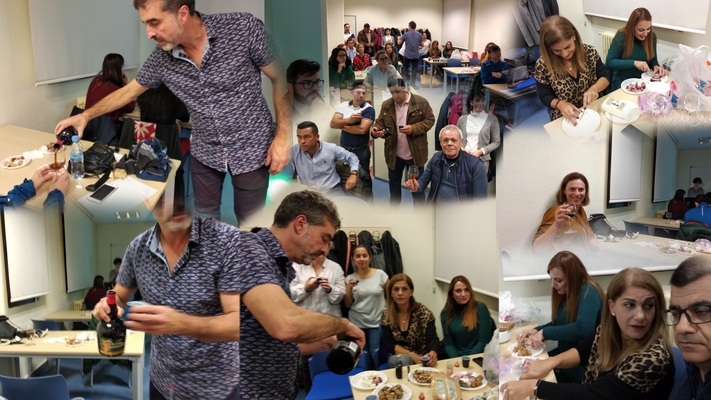
Burgos Exceptional Food Experience
